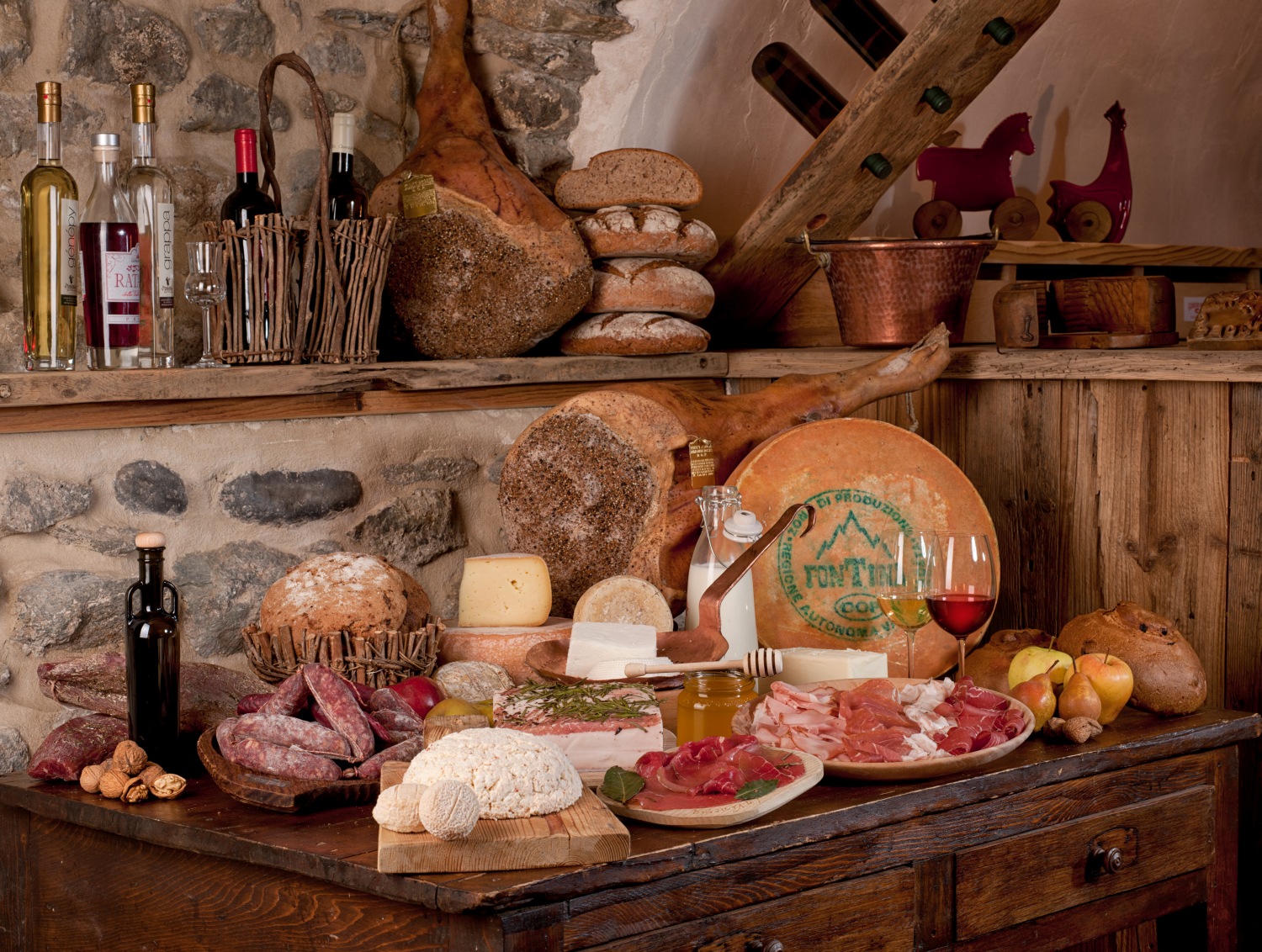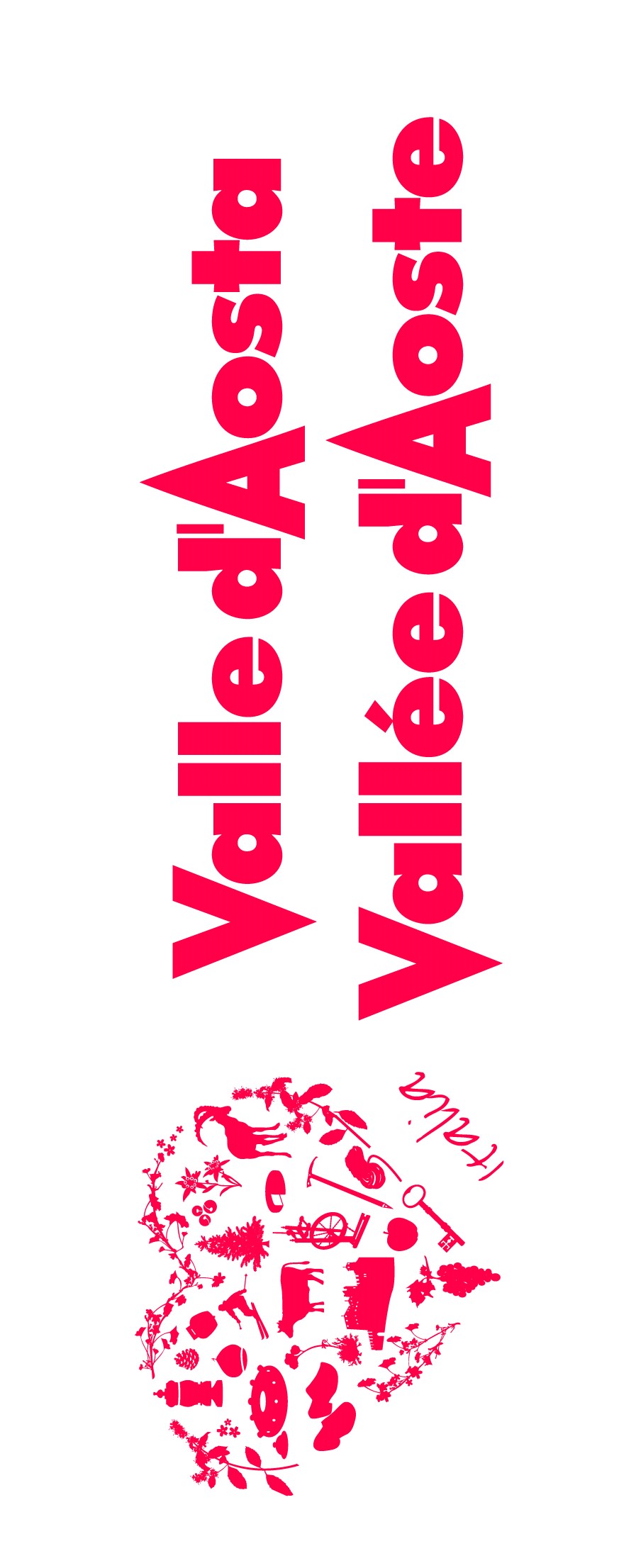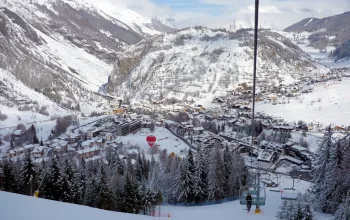Sponsored content
Italy's Aosta Valley is a hugely popular ski destination for everyone from beginners to experts and families to freeriders.
From the challenging resorts of Courmayeur and Monterosa, to the international resorts of Breuil-Cervinia and La Thuile and all the way to the family friendly resort of Pila, the region is rich in places to ski. But discovering the Aosta Valley region is an exploration of much more than its ski slopes.
As well as being home to some of the best ski resorts in the Italian Alps, the Aosta Valley proudly showcases some of the best regional food and wine, ensuring that both on and off the slopes eating well will form a big part of your experience in Aosta.

Where is Aosta Valley?
The smallest region of Italy, the Aosta Valley is located in the extreme north west of the country and boasts spectacular scenery and a history stretching back to Roman times.
At the heart of the Alps and bordered by both France and Switzerland, the Aosta Valley offers an outstanding range of ski destinations. It has 19 ski resorts, more than 800km of slopes, eight snow parks and a single international electronic ski pass.
Aosta Valley is also surrounded by some of Europe's highest peaks - Cervino, Monte Rosa, Gran Paradiso and Mont Blanc, which at 15,781 feet is the highest mountain in Europe - which give visitors truly breathtaking panoramic views.
With Turin, Milan and Geneva airports all within easy reach, the Aosta Valley resorts are among the easiest to get to from the UK making it an ideal destination for a weekend or short break, as well as an extended stay.
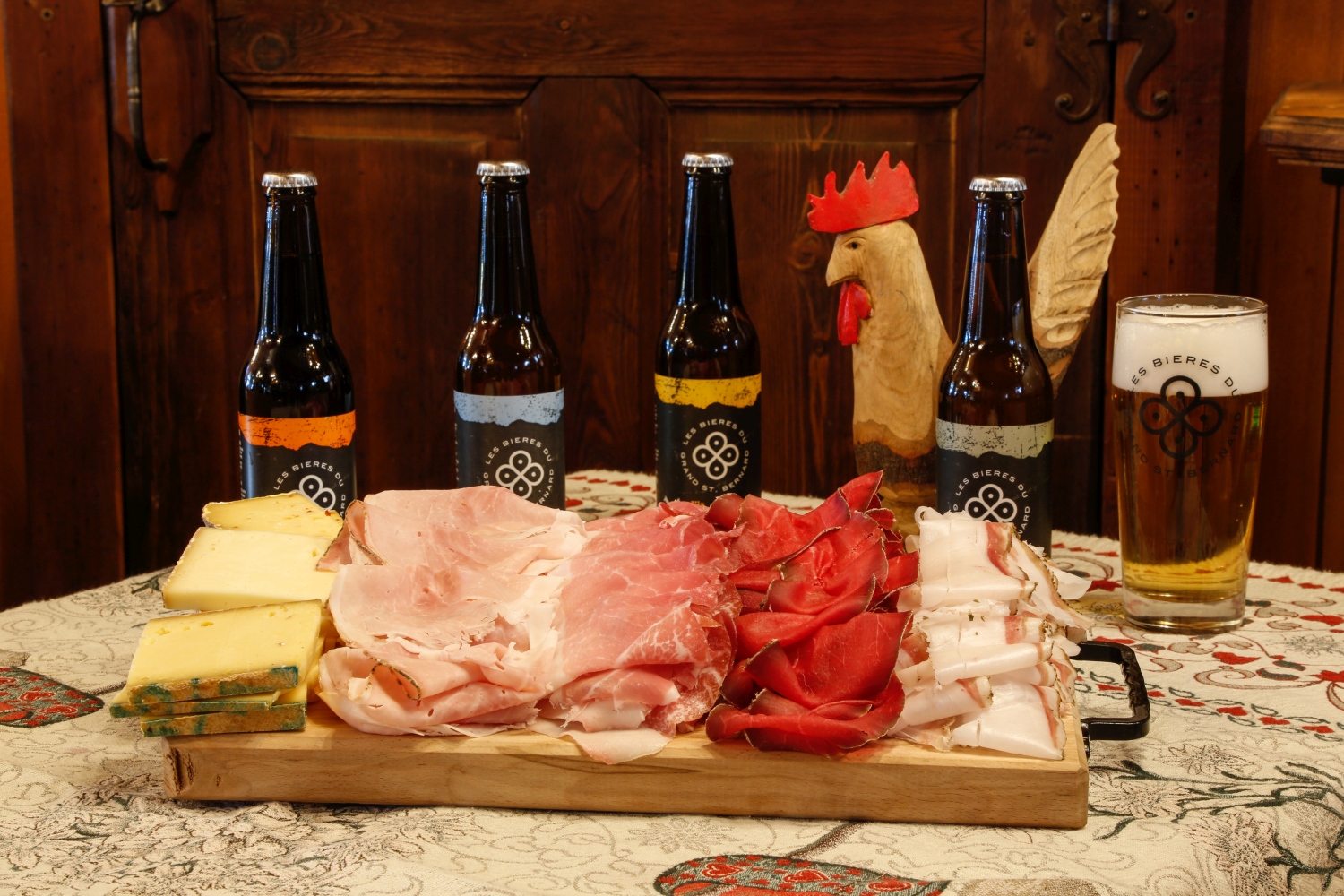
What makes the food and wine of Aosta Valley unique?
The Aosta Valley food and drink is certainly special. The cuisine here reflects the landscapes, climate and culture of the region, blending traditional Italian food with favourite local delicacies and products. Its wines, too, have a long and honourable tradition: the existence of vines in Aosta Valley dates back to the Bronze Age. Finds from the 1st century AD in premises probably used for pressing, testify to the presence of wine in Roman times. And, as with the food, Aosta wines are inseparable from the influence of environment and climate.
Local delicacies of the Aosta Valley
Four foods, in particular, epitomise what the Aosta Valley stands for:
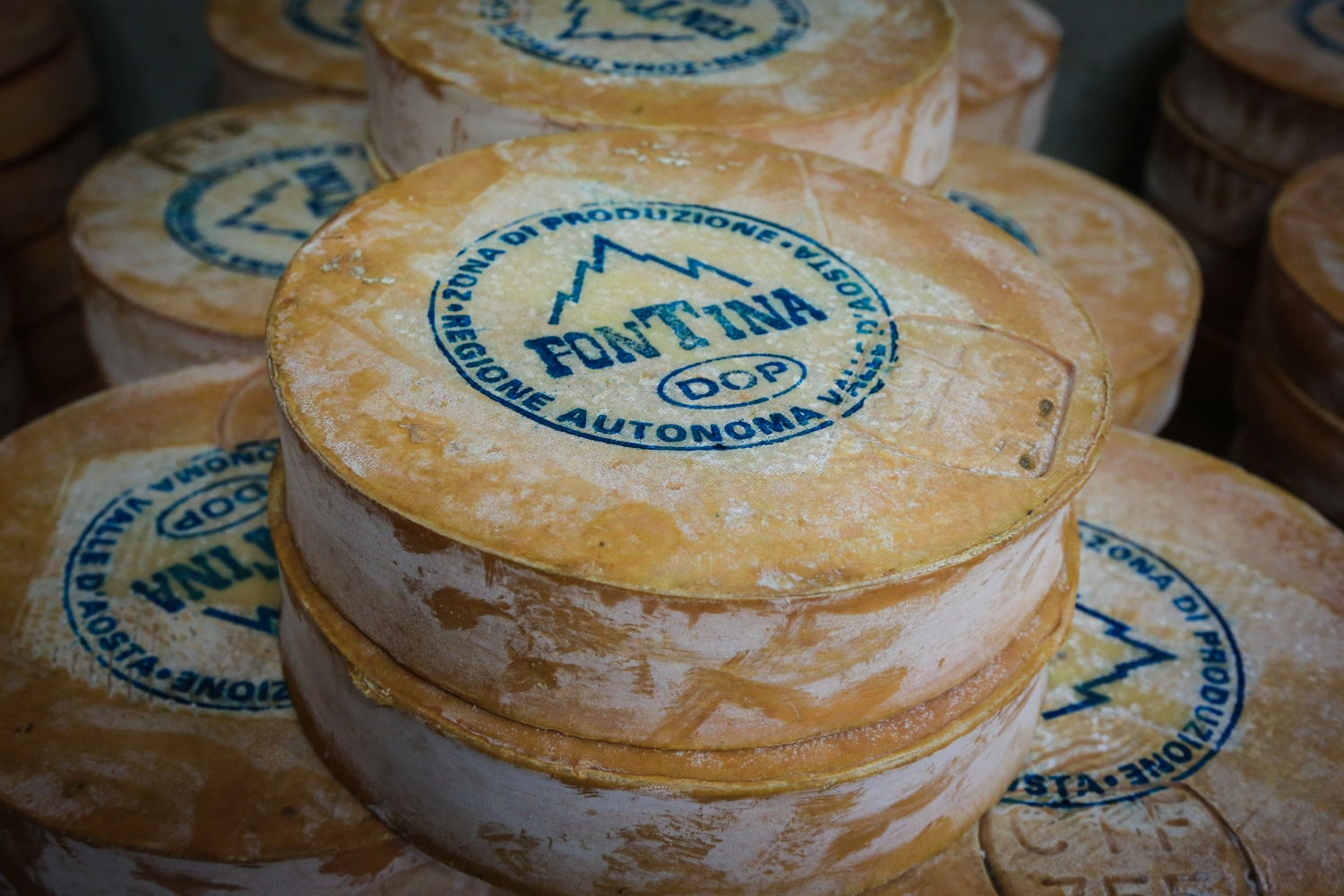
Fontina cheese: The queen of Aosta Valley cow cheeses with PDO stamp. It's made in accordance with centuries of experience and tradition using raw, full-fat milk of a single milking - a task that keeps Aosta’s dairies busy twice a day for many hours. Milk must come from healthy Valdostana cows, and, once processed, the wheels, still white, are aged for about three months in storerooms where they are salted and brushed every day.
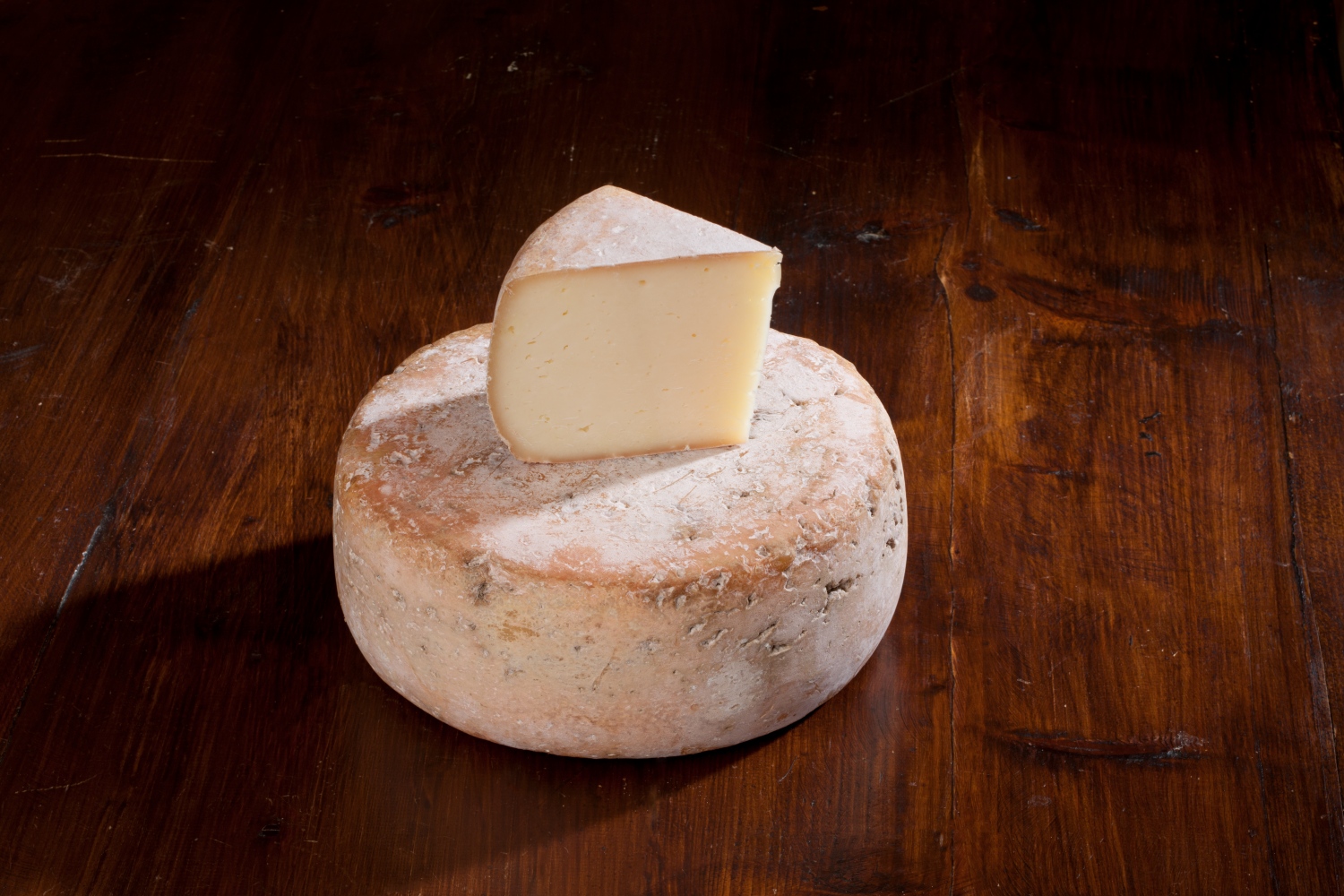
Fromadzo: Valle d’Aosta Fromadzo is another cow's milk cheese inextricably linked with the Aosta Valley. The addition of goat milk and herbs, such as juniper, cumin seeds or wild fennel seeds, add a special touch to the already very particular flavour of this cheese. Mild when fresh, it turns sharper with a piquant touch when matured. It is traditionally served with polenta and pan-fried vegetables and should be paired with local DOC wines from Aosta. The name combines the place of origin (Valle d’Aosta in Italian, Vallée d’Aoste in French) with the Franco-Provençal word Fromadzo, which simply means 'cheese'.
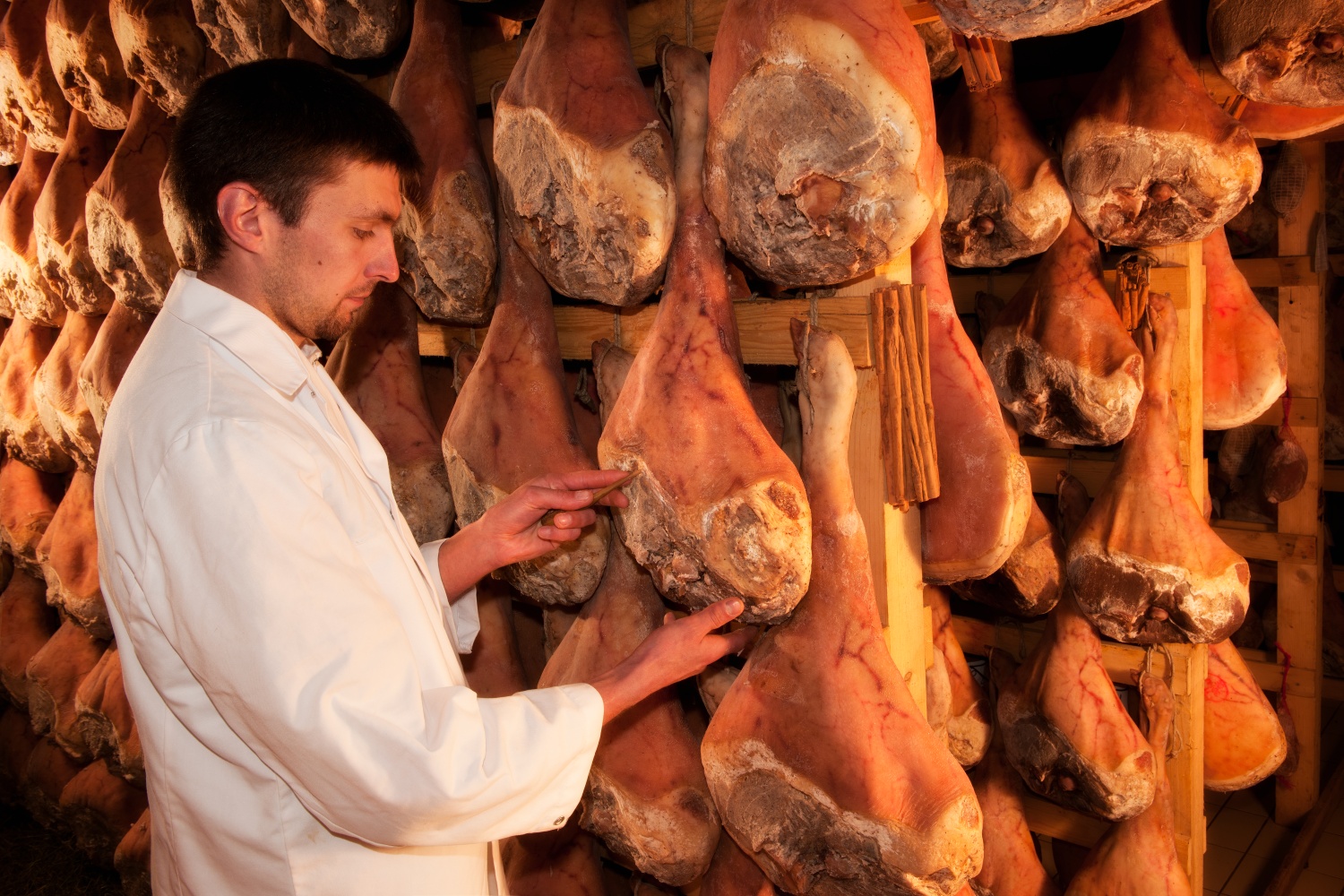
Jambon de Bosses: Bosses is a small mountain village, the last before the Swiss border, where the pastures cling to the steep slopes. This Alpine landscape with its cold winters and balmy summers is home to Vallée d’Aoste Jambon de Bosses DOP – one of the most exquisite products of the area. It's made from the best Italian hams to which mountain herbs and spices are added, and aged in local straw for 18 months or more to enhance the flavours. The result is an aromatic product with a sweetish flavour and intense fragrance. It may be eaten by itself or with rye bread, butter, honey and walnuts.

Lard d’Arnad: Used to add a special touch to many dishes and to complement other cured meats, no traditional platter is complete without Lard d’Arnad. A cube of lard is a basic ingredient of barley and chestnut soups, and an accompaniment for boiling dried chestnuts. It also pairs perfectly with plums and prawns.
This product is made from the shoulder and back of the pig. Cloves, nutmeg, juniper and local herbs are added, along with brine, garlic, bay laurel, rosemary and sage. This delicacy is celebrated at The Lard Festival, which attracts thousands of visitors during the last weekend of August every year.
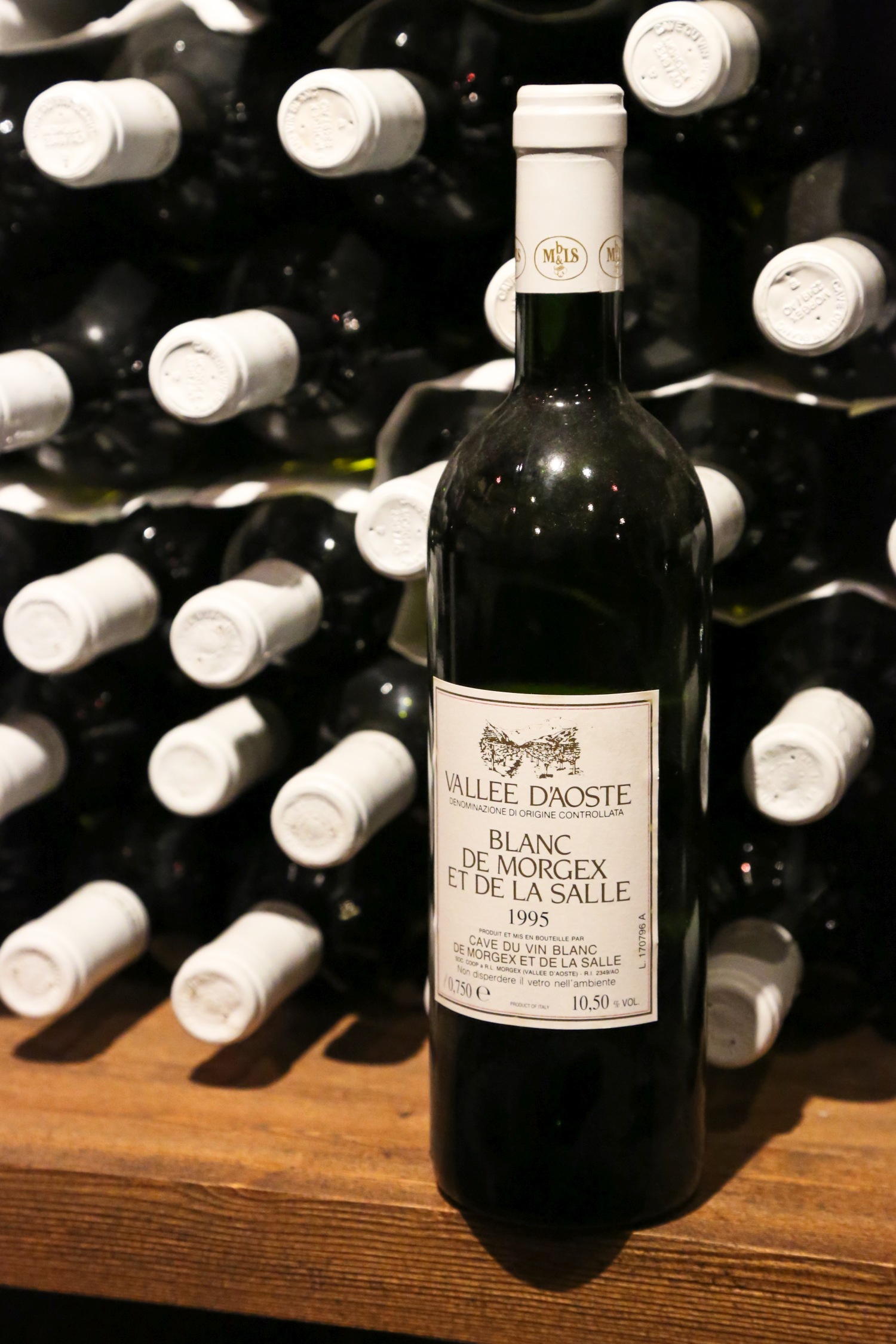
Wine of the Aosta Valley
The recovery and enhancement of the cultivation of vines in the Aosta Valley has created a wide and qualified range of prestigious local mountain wines, united under a single CDO (Controlled Designation of Origin). The wine-growing activity of the region takes place along the valley floor which from Pont-Saint-Martin and Donnas climbs 90km up to the 1,200m of Morgex, on the slopes of Mont Blanc. The vines are grown on terraces supported by dry stone walls, a widespread feature of the landscape.
The particular climate conditions of the Aosta Valley, together with the characteristics of the land and its exposure, position and slope, have not made life easy for winemakers. Scarce rainfall, constant ventilation and significant temperature variations between day and night lead to rapid ripening of the grapes and development of the peculiar aromas of the various vines.
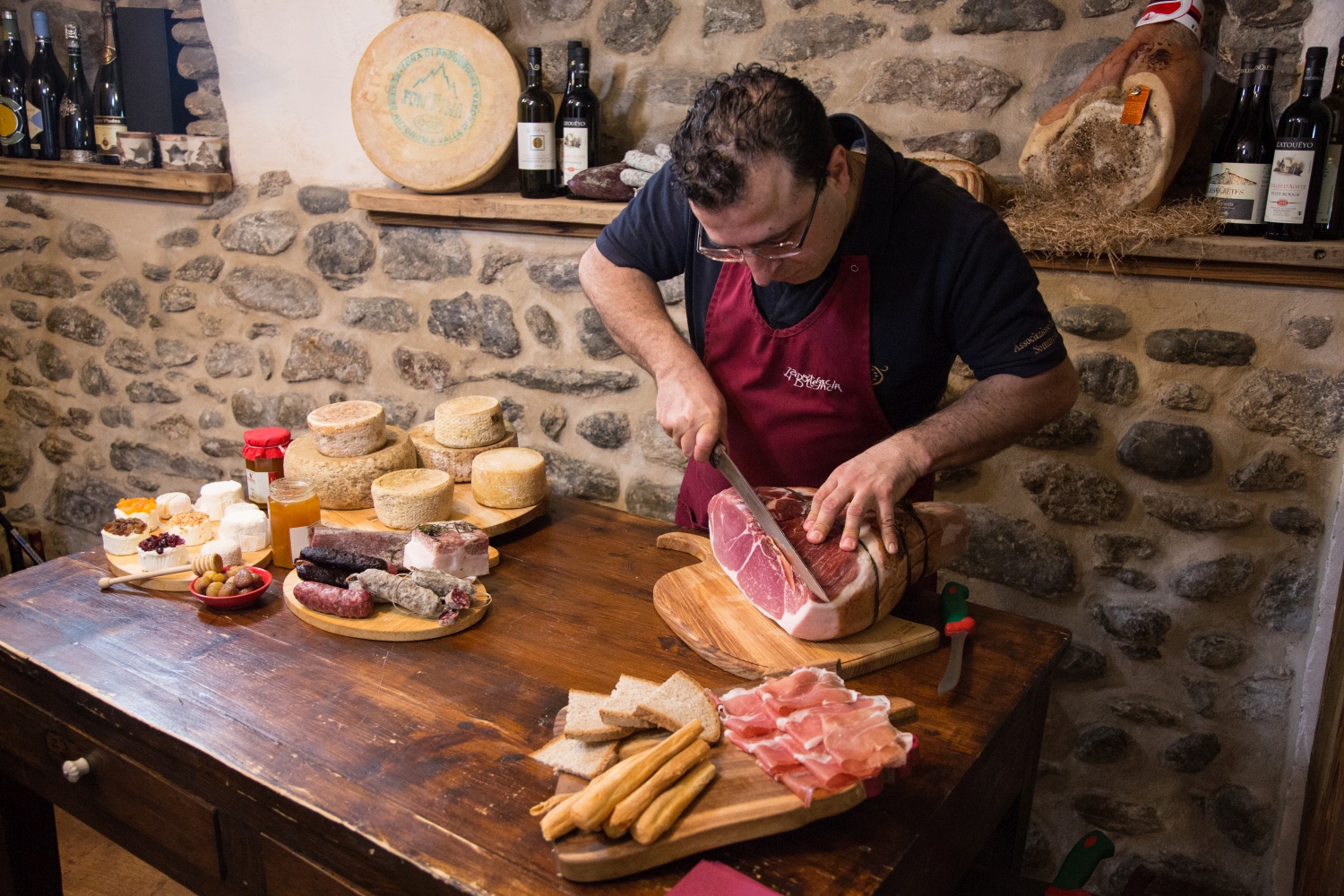
The best places to eat and drink in Aosta Valley
There are many ways to sample Italian cuisine, including its traditional regional dishes and other delights. For skiers, these range from charming resort restaurants, pizzerias, and trattorias, to welcoming slopeside restaurants. If you're staying in Pila, the ancient Roman city of Aosta - just a cable car's ride from the resort, has many delightful restaurants serving regional cuisine, such as the Aldente Italian Trattoria, Borgo Antico and Yanua.
A popular mountain restaurant in Breuil-Cervinia is Lo Barbaboque, which combines local dishes with modern Italian cuisine, while the pizza restaurant La Grotta, on the slopes of the Cretaz, offers Aosta Valley specialties and excellent game as well as tasty pizzas cooked in a wood oven.
In Courmayeur, seek out Chiecco, a high mountain hut just off the slopes, known for its creative homemade cuisine and a wide choice of meats, and cheeses. The carefully restored Dames Anglaises is another gem and is just a short walk from the Plan Chécrouit cable car.
In La Thuile, Lo Riondet, on the slopes of the 'Riondet variant', focuses on carefully chosen local products; it's also a destination for evening snowcat outings!
Throughout the 19 resorts of the Aosta Valley there are countless such restaurants. For more details go to the Aosta Valley tourist board's dedicated page.
Book your trip to Aosta Valley with Iglu Ski!
Call 0203 993 4781 (open seven days a week) or go to igluski.com to book your ski trip to Aosta Valley.
About Iglu Ski
Iglu Ski was established in 1998 by ski fanatic Richard Downs, who is still Chairman to this day. Iglu is the UK’s largest ski travel agency, offering over 280 ski resorts across 18 countries and three continents. An independent agent, Iglu offers unbiased advice to find the right winter sports holiday for every guest, and their website also provides handy snow reports and snow forecasts.
In their history Iglu has provided holidays for more than 400,000 skiers and boarders. Crowned Online Travel Agency of the Year 2023 in the prestigious Agent Achievement Awards, Iglu is an ABTA-bonded travel agent selling ski accommodation and ATOL-bonded flight packages, and was awarded the Platinum Trusted Service Award from Feefo in 2023 with a 4.7/5 score from customers and a rating of ‘Excellent’ from Trustpilot reviews.
